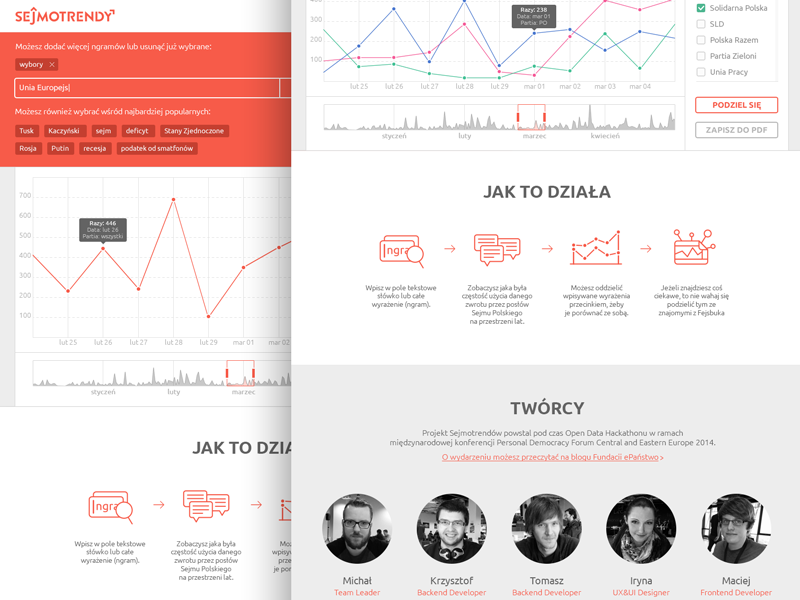

Sometimes it’s necessary to make your chart interactive when you have massive amounts of data. It will act as a roadmap throughout the process. Decide what story you’re trying to tell and draw it out. Keep the color scheme consistent and limited, use visual hierarchy, and avoid effects that will distort your data, such as 3-D or loud colors.Įven if your post is destined for the Internet, it can still be beneficial to sketch it on paper first. Source 8) Don’t let design misrepresent data

If you only surveyed 10 people from a pool of thousands, your results could be skewed or inaccurate. Source 7) M ake your totals explicitly clear It’s key to communicate that to your viewer for transparency. Source 6) Inform the viewer of the margin of errorĪs with any survey, there is a margin of error. For more help choosing the right chart check out our e-book. Or maybe you need a stacked bar chart, rather than a grouped one. A line chart might not communicate your message as effectively as a bar chart. Picking the wrong chart can muddle your data’s message, so make sure you choose not just the correct chart but the best chart. Although you want to keep your chart looking clean, don’t leave out necessary information for the sake of simplicity. When visualizing survey results, there’s a delicate balancing act taking place. Source 4) Don’t omit pertinent information Excess design aspects or unnecessary elements can obstruct your message.
#Visualizing contact results postview full#
Be sure to provide the necessary context for your data so the audience gets the full perspective.Īs with any other design project, you want design to enhance comprehension-not distract. Organizing your data into a chart will definitely aid your viewers, but sometimes you’ll need more than that. Figure out your message and present your data in a way где взять займ без отказа на карту that will make comprehension easiest. Just because you received the data in a jumbled order doesn’t mean that’s how you should present it. Here are 11 tips to ensure your message isn’t lost in the data. It’s your job to look through the responses, sort the answers, spot trends, and create a visual report that they can easily digest. Don’t waste your reader’s time by forcing them to scroll through pages of irrelevant responses. So you conducted a kick-ass survey and now you just need to communicate your findings to your audience.


 0 kommentar(er)
0 kommentar(er)
